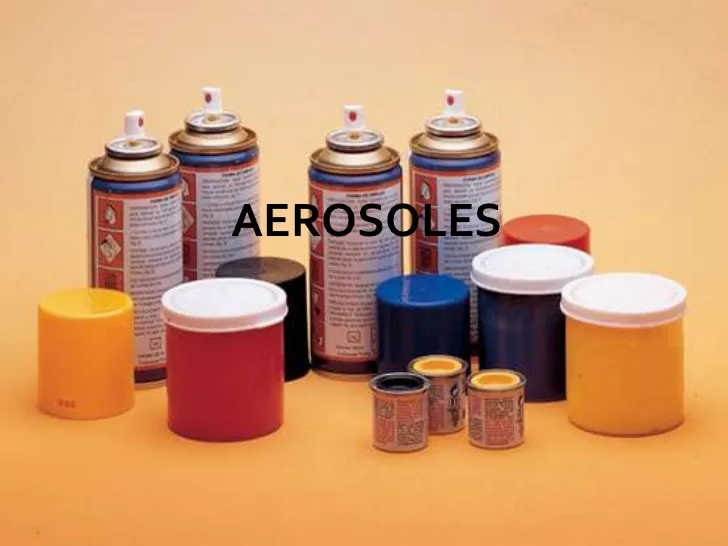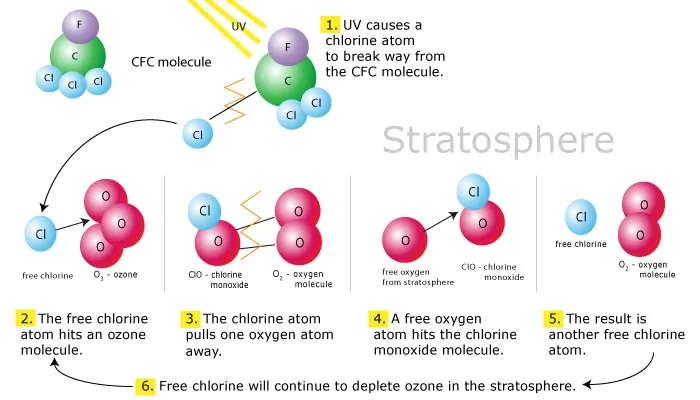Hello friends of Steemit. In recent years, several scientific organizations have shown an increase in the hole in the ozone layer in the Antarctic zone, which causes a greater incidence of high frequency ultraviolet solar radiation.

The ozone layer is inside the Earth's atmosphere and its function is to protect us from the ultraviolet rays coming from the sun (also called UV rays), absorbing between 97-99% of them. This layer is located at a distance of 15 to 50 km from the surface of the earth.
The destruction of the ozone layer has accelerated compared to its natural rhythm due to the production of certain substances called halocarbons. This causes the thinning of the layer and the generation of the known ozone holes, with which the Earth loses protection against solar radiation. The passage of the strongest solar rays causes in human life diseases such as burns, skin cancer, cataracts in the eyes, as well as damage to crops such as rice and soybeans.
Similarly, a study conducted by the Shenzhen University in China, and published in the journal Environmental Science & Technology, reported that China may be the country that is generating emissions of banned chemicals that have increased the deterioration of the layer in recent years. of ozone.
The substances indicated in the report are chlorofluorocarbons (CFC-11), which are chemical compounds from the combination of fluorine, carbon and chlorine used in old refrigerators, aerosols and solvents, and which were banned in the Montreal Protocol. China is the largest producer and consumer of these devices and, by not recycling the devices containing CFC-11 properly, the indicators of this substance increase and, therefore, the deterioration of the ozone layer.
The researchers came to this conclusion after visiting seven government recycling centers in six provinces of the country and 50 informal repair workshops in the Shenzen area in southeastern China.
Because the CFC-11 molecules are sufficiently large, they can reach the top of the atmosphere and remain intact. Once there, the ultraviolet light of the sun breaks them, generating the release of chlorine atoms which can rapidly destroy the ozone molecules.
The data collected by researchers assessing the state of recovery of the ozone layer showed that, since 2002, the chemicals released into the atmosphere were steadily decreasing. Subsequently, a study published in the specialized journal "Nature", indicated that the rate of decrease in observed concentrations of CFC-11 have slowed down by around 50%.
After analyzing various possible causes, the scientists concluded that CFC emissions should have increased after 2012. This conclusion was confirmed by other changes recorded in NOAA measurements over the same period, such as an ever increasing difference between concentrations of CFC-11 in the northern and southern.
Let's hope that the world community becomes aware of this issue and realizes the terrible damage that these substances cause to the atmosphere, and the consequences that this generates on the planet.



